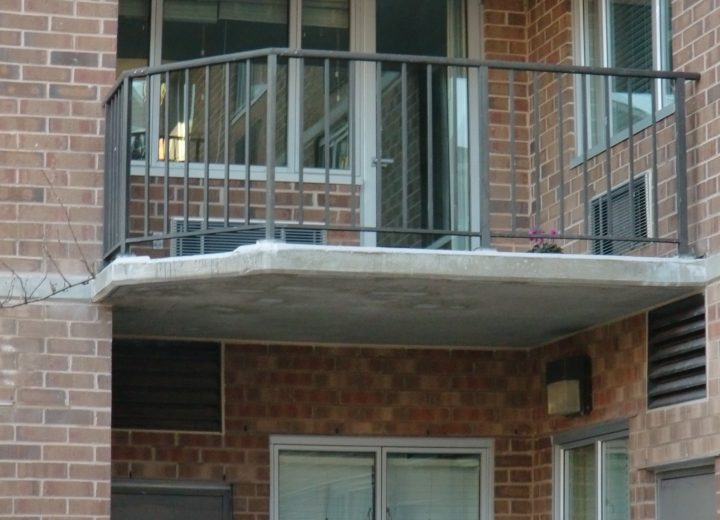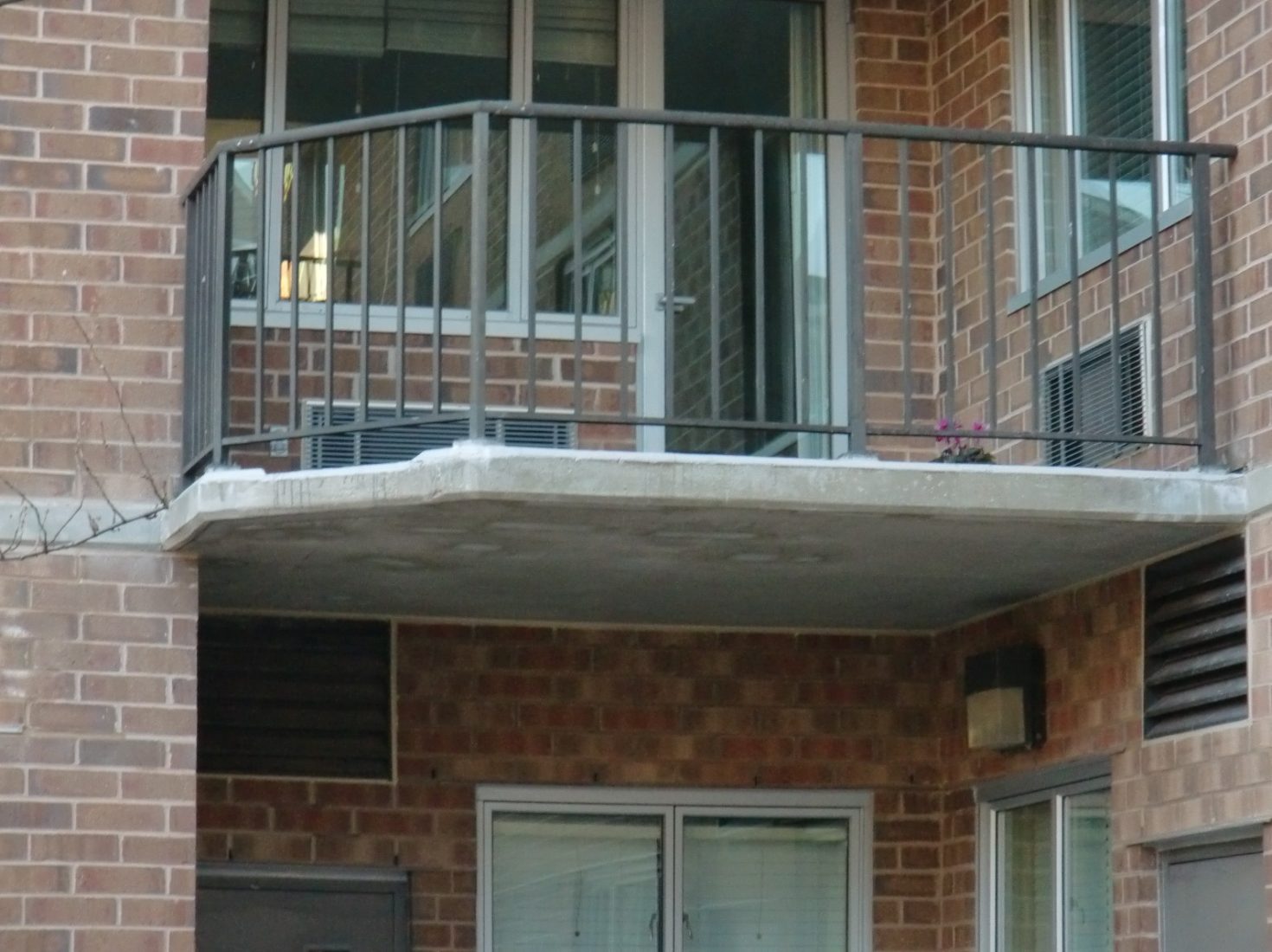Why Haven’t I Heard about This?
The new requirement for balcony statements comes on the heels of a major overhaul of the Local Law 11 inspection and filing requirements, in 2009. Every five years, owners of buildings over six stories must file an inspection report with the Department of Buildings (DOB), classifying the building as Safe, Unsafe, or Safe with a Repair and Maintenance Program (SWARMP). Each five-year period is a “cycle,” and 2010 marked the start of Cycle 7, for which the City instituted a number of significant changes, among them staggered filing cycles, new penalties, and time frames for SWARMP repairs.
Although filing deadlines for Cycle 7 began as early as February 2010, the Council did not adopt the final version of the law until late December 2010, and many last-minute changes didn’t go into effect until January 2011. In May 2013, the Council amended the rule to include the balcony railing inspection provision. It was not until September 2013 that the DOB issued a memorandum announcing the change, by which time many building owners had already completed and filed Cycle 7 reports. (The deadline for filing seventh cycle reports expired on 21 February 2013.)
Owners who dutifully completed inspection and filing on time might be surprised to learn that their reports can revert to incomplete status if they do not file a supplemental balcony report, should their building contain balconies. Not until December 2013 did the DOB issue a memorandum clarifying that balcony statements must be filed by all owners of six-story-plus buildings with balconies, not just those who failed to specifically document balcony structural soundness as part of the Cycle 7 report.
An important change in the interpretation of the law took place between the September and December DOB memos. In September, the DOB stated that only those buildings for which the filing status would change to Unsafe would be required to submit a supplemental report; by December, the DOB expanded the requirement to include all buildings over six stories with balconies, even if filing status stays the same. That means that even an owner who inspected balconies for structural soundness as part of the original Cycle 7 inspection must still re-inspect and submit a supplemental report to the DOB.
What Does the Law Say?
From the September DOB memorandum regarding changes to the law:
“A recent balcony accident highlighted that many balcony railings are uninspected and may be unsafe. With this rule, the Department specifically requires all owners to check periodically the adequacy and structural integrity of all of their balcony railings.”
From Rules of the City of New York (RCNY) §103-04, amended 17 May 2013:
“Balcony railings must be inspected to ensure that their components (balusters, intermediate railings and panel fillers) are positively secured against upward movement (e.g. by welds, bolts or screws). If any balcony enclosure is found not to be positively secured, the condition is classified as unsafe and must be made safe […]. In the event a cycle seven report has already been filed with the Department […], a separate report regarding the condition of the balcony enclosures must be filed within cycle seven.”
What the rule does not say is when these supplemental reports are due. The December DOB memorandum provides a deadline of 1 February 2015.
That memo also clarifies and expands the definition of “balconies” to include: terraces, walkways, corridors, fire escapes, and roof and setbacks.
This means that a building need not have balconies in the traditional sense to be subject to this new provision of the law. The DOB interprets the directive broadly, to include any areas with railings, even if these railings are at a distance from the edge of the building. To be conservative, owners of buildings with roof walkways, service areas, or anything with a railing should submit a supplemental balcony report.


